The Irish Civil War ended in 1923. 80 years on, author and documentary-maker Tom Hurley wondered if there were many civilians and combatants left from across Ireland who had experienced the years 1919 to 1923, their prelude, and their aftermath. What memories had they, what were their stories and how did they reflect on those turbulent times?
In early 2003, Hurley recorded the experiences of 18 people in Ireland, conducting two further interviews in the US in 2004.
He spoke to a cross-section (Catholic, Protestant, Unionist, and Nationalist) who were in their teens or early twenties during the Civil War. In fact, his youngest interviewee was aged 92, and 13 were 100 or more.
The chronological approach he has taken to his book spans 50 years, beginning with the oldest interviewee's birth in 1899 and ending when the Free State became the Republic of Ireland in 1949.
Therefore, stories and experiences pertaining to a myriad of historical events such as the Boer War, Titanic, Lusitania, WW1, 1916 Rising, WW2, as well as others that impacted Ireland feature.
However, it is the revolutionary years of 1919-23 which come across as most prominent.
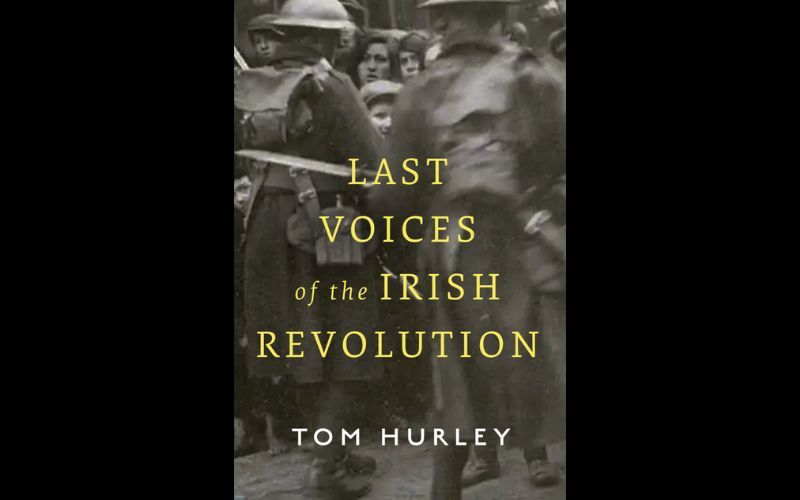
"Last Voices of the Irish Revolution" by Tom Hurley.
The two interviewees recorded stateside in 2004 were with Margaret Power née Cahill, aged 98, of New Jersey, and William Geary, aged 105, who lived in New York.
Margaret was born in Co Kerry, Ireland in 1905 and resided in Clark, New Jersey after emigrating to the US in 1926. During the Irish revolutionary years of 1919-23, Margaret had been a member of Cumann na mBan which was engaged in fighting a war against the British for Irish independence. A settlement was reached during talks between Irish and British representatives which resulted in a treaty and the formation of an Irish Free State. Many supported the treaty but those opposed to it argued that it fell short of achieving a full Irish republic which was what the war had been about. After the resultant civil war, Margaret, like thousands, of others left Ireland for America.
Upon her arrival in the US, Margaret trained as a nurse in Boston. In 1933, she married a man from Ireland named John Power, whom she met in that city, and they moved to New Jersey. The couple had a son and a daughter, living for periods in Carteret and Woodbridge before eventually settling in Clark in 1961.
Margaret was a licensed practical nurse at St. Elizabeth Hospital in Elizabeth, Rahway, and JFK Medical Center, Edison, for 40 years before retiring. A deeply religious woman, she was also a member of the American Irish Association, Woodbridge, where she served as historian. Margaret died in 2005.
The topics she discusses in the book include her early life in Ireland, her sister's marriage in 1916, joining Cumann na mBan in 1920, fighting against the British forces in Ireland, her brother Mick being shot, being arrested, and her emigration to America in 1926.

Looking for Irish book recommendations or to meet with others who share your love for Irish literature? Join IrishCentral’s Book Club on Facebook and enjoy our book-loving community.
The second interview for the book was conducted in Bayside, New York with Limerick native William Geary, born in 1899, who had emigrated to America in 1928. Geary discussed attending a wireless school in Co Kerry, a year-long voyage he undertook in 1920, his memories of the war in Ireland, joining An Garda Síochána (the Irish police) in 1922, his postings, his controversial dismissal from the force in 1928, and subsequent emigration to America that same year.
Geary went on to serve with the US forces during WW2. He died in 2004 after fighting a lengthy yet ultimately successful campaign to clear his name.
Both he and Margaret Power née Cahill were well-known and respected figures in their respective Irish communities in Clark and New York.
Anthony McGinley, born in 1905, from Donegal, also features in the book. Opposed to the treaty, he emigrated to New York in 1925 having had his ticket booked for over a year before securing passage aboard a ship. Perhaps this isn't surprising when one considers that in the 1920s in the region of 220,000 people left the Irish Free State for the US. Anthony returned to Donegal over a decade later having experienced life in many places including Illinois, Oklahoma, Fort Worth, and California.
There are numerous other references to locations, landmarks, and personalities connected to the USA contained in the book in addition to one interviewees intriguing story of how he met Adolf Hitler.
100 years after the Civil War ended, these 20 interviews recorded by Tom Hurley in Ireland and the USA come together to create a unique oral account of the Irish revolutionary period and the tensions that were brewing in the run-up and aftermath. Together, theirs are the Last Voices of the Irish Revolution.
*Tom Hurley is a radio documentary maker and producer from West Cork. "Last Voices of the Irish Revolution" is available in bookshops and can also be ordered online. It is published by Gill Books.
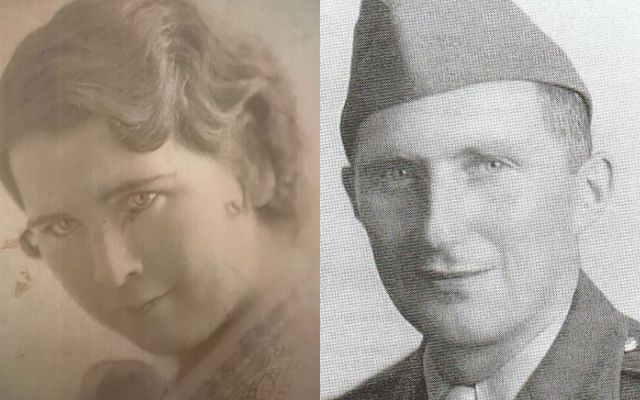
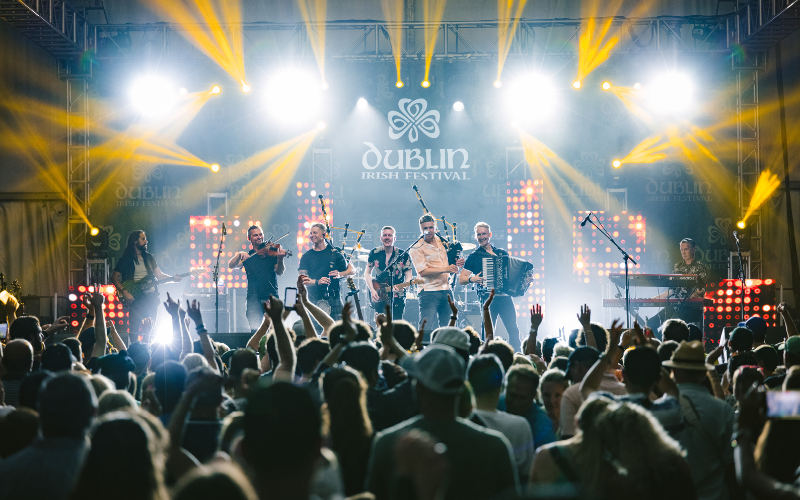
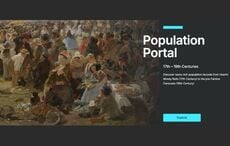
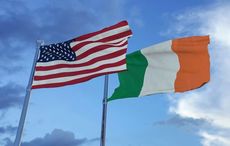
Comments